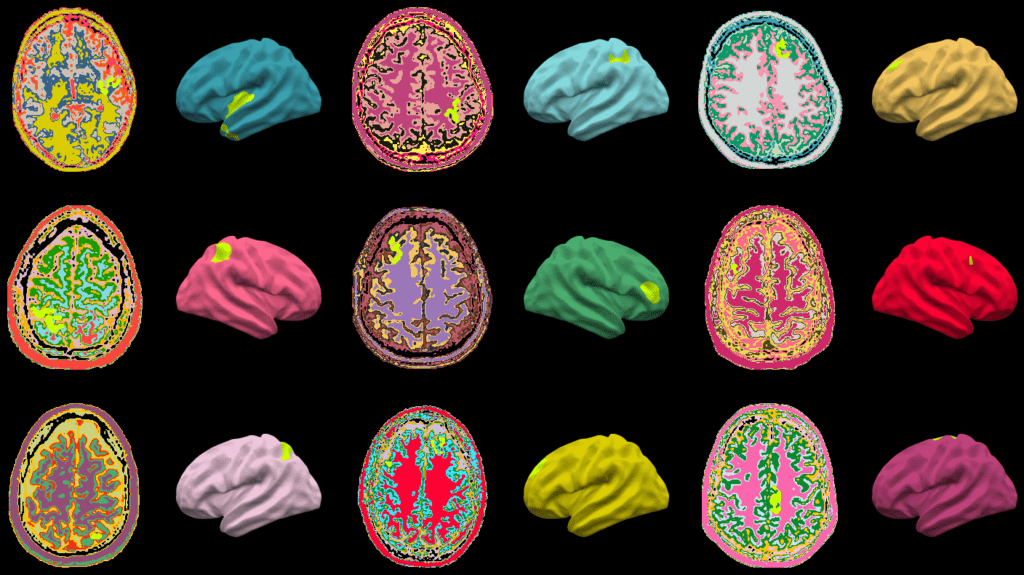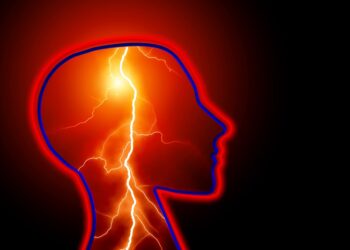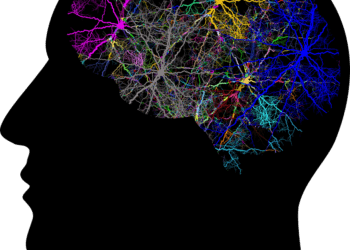
It is estimated that 50 million people worldwide suffer from epilepsy, making it one of the most common neurological diseases in the world. Despite the many medications available to combat the disease, almost one-third of those patients still suffer seizures even when taking pharmaceuticals.
Now, a team of international researchers led by University College London (UCL) has created an artificial intelligence algorithm that can find small abnormalities in the brain, not before seen on general magnetic resonance imaging (MRI) scans, that can cause epileptic seizures. The new AI provides an open door to those who previously might have had none left.
The Multicentre Epilepsy Lesion Detection project (MELD) used MRI scans from more than 1,000 patients at 22 epilepsy centers around the world to create an algorithm that revealed the locations of abnormalities in drug-resistant focal cortical dysplasia (FCD), one of the most common causes of epilepsy.
“This algorithm could help to find more of these hidden lesions in children and adults with epilepsy, and enable more patients with epilepsy to be considered for brain surgery that could cure epilepsy and improve their cognitive development,” said co-senior author, Konrad Wagstyl of UCL Queen Square Institute of Neurology. “Roughly 440 children per year could benefit from epilepsy surgery in England.”
FCDs are parts of the brain that have grown abnormally and often cause epilepsy that doesn’t respond to drugs. It is usually treated with surgery, however, at times, focal cortical dysplasia remains invisible on an MRI or is extremely difficult to detect. Other times, the affected area of the brain is larger than the abnormality revealed by the MRI, which may cause poor results if MRI data is relied solely upon when deciding whether to proceed with surgery.
To develop the algorithm, the team quantified cortical features from the MRI scans, such as how thick or folded the cortex (the outer layer of the brain) and used data from about 300,000 places in the brain. Then, the researchers trained the algorithm on examples of brains that expert radiologists had marked as either healthy or having FCD based on their patterns and features.
The results, published in Brain, showed that the algorithm could find the FCD in 67% of cases in a cohort of 538 participants.
Previously, MRI tests had shown that 178 of the participants did not have the abnormality. This means that radiologists had not been able to find it. However, the MELD algorithm was able to find the FCD in 63% of these cases.
“Our algorithm automatically learns to detect lesions from thousands of MRI scans of patients,” said co-first author, Hannah Spitzer of Helmholtz Munich. “It can reliably detect lesions of different types, shapes and sizes and even many of those lesions that were previously missed by radiologists.”
This is especially important because if doctors can find the problem on the brain scan, it can be fixed with surgery.
FCD is the most common cause of epilepsy in children who have had surgery to control it. In adults, it is the third most common cause. FCD is the most common cause of epilepsy in people who have a problem in their brain that usually can’t be seen on an MRI scan.
This study on FCD detection uses the largest MRI cohort of FCDs to date, meaning it is able to detect all types of FCD. MELD can be used on any patient over three years old who has an MRI scan and is thought to have an FCD.
“We hope that this technology will help to identify epilepsy-causing abnormalities that are currently being missed,” said co-senior author, Sophie Adler of UCL Great Ormond Street Institute of Child Health. “Ultimately it could enable more people with epilepsy to have potentially curative brain surgery.”






